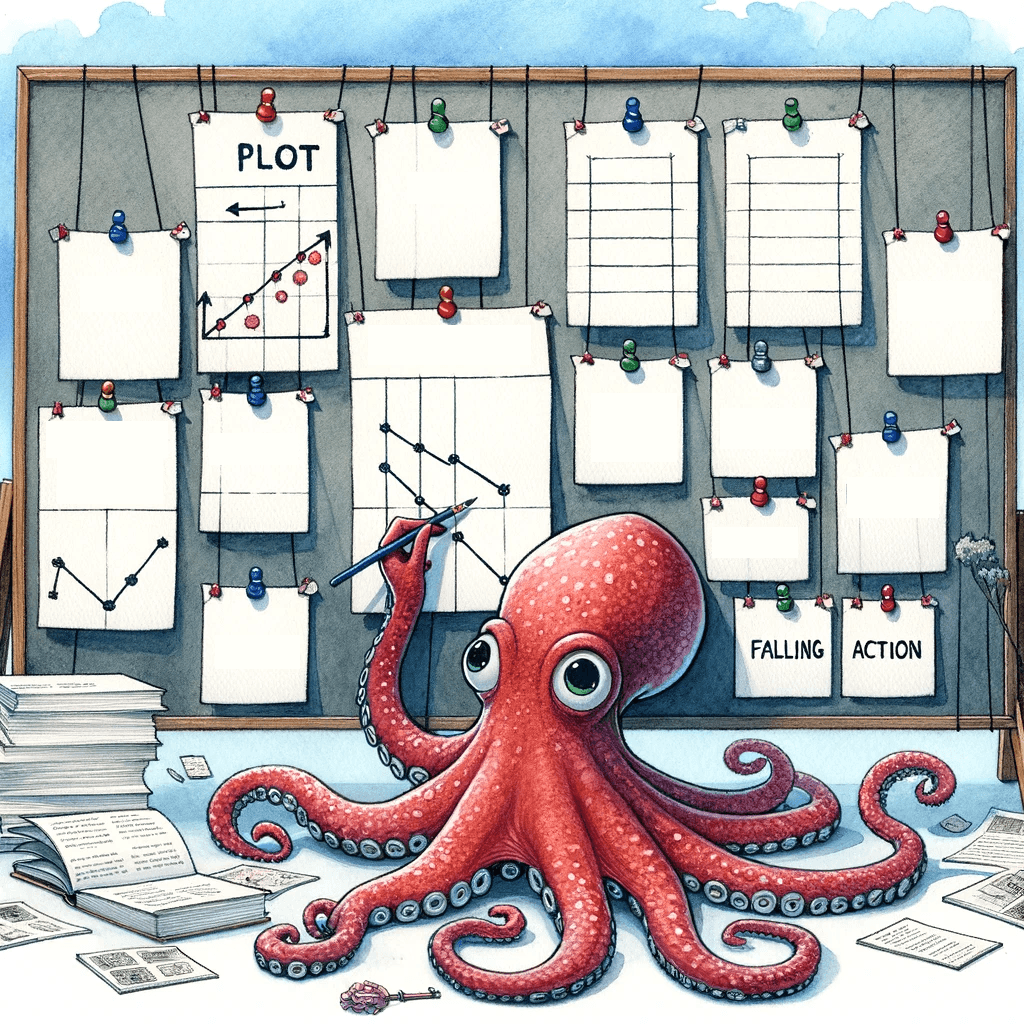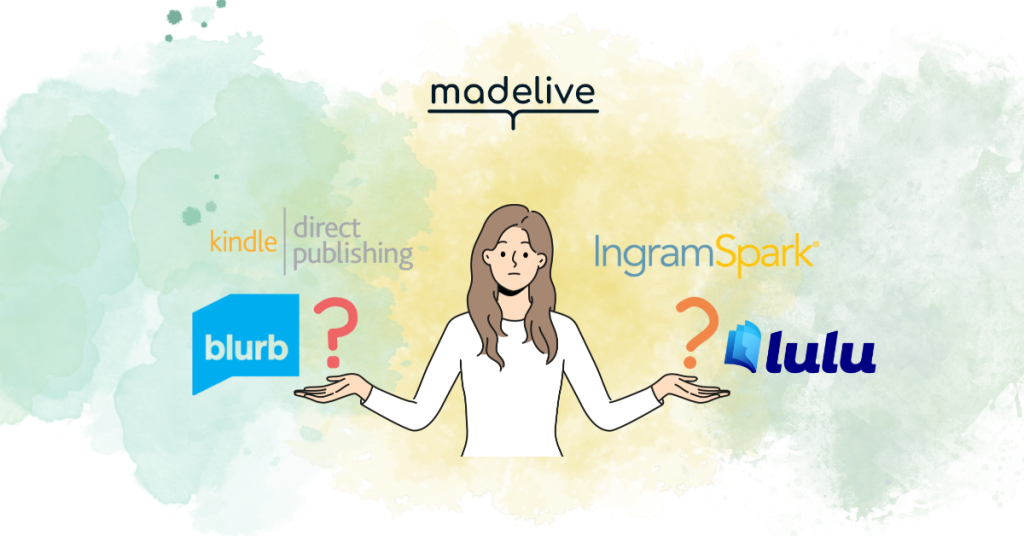In the journey of storytelling, particularly in children’s literature, the climax stands as the pivotal moment that not only captivates but also leaves a lasting impression on young readers. Crafting the climax requires a delicate balance of tension, resolution, and emotional resonance. Here’s a guide to creating a climax that will keep young readers on the edge of their seats.
Understanding the Role of Climax in a Children’s Story
- The Point of Highest Tension: The climax is where all the built-up tension reaches its peak. It’s the moment of greatest conflict, where the protagonist faces their biggest challenge or decision.
- Short but Impactful: Often the shortest part of the story, the climax should be direct and powerful. It’s not about length; it’s about the intensity and impact of the moment.
- Bringing Together Narrative Threads: A well-crafted climax ties together various elements of the story, providing a resolution to the narrative threads introduced during the rising action.
Techniques for Crafting an Effective Climax
- Build Up Tension Gradually: Lead up to the climax with a gradual increase in tension. This buildup is crucial in making the climax feel earned and impactful.
- Focus on the Protagonist’s Journey: The climax should be a critical moment in the protagonist’s journey, showcasing their growth or change. It’s often where they make a significant decision or take a decisive action.
- Use Vivid Imagery and Strong Emotions: Utilize vivid descriptions and strong emotional language to bring the climax to life. This helps young readers feel more connected to the story and its characters.
- Create a Surprising Yet Logical Turn: While the climax should be surprising, it also needs to feel logical within the story’s context. Avoid abrupt shifts that seem out of place.
Conclusion
The climax is more than just the high point of a story; it’s a moment that can define the entire reading experience for a child. By focusing on building tension, centering the protagonist’s journey, and using vivid imagery and logical turns, authors can create climaxes that are not only exciting but also deeply satisfying for young readers. Remember, a great climax can turn a good story into an unforgettable adventure in the minds of children.
This article aims to guide writers in creating an engaging and memorable climax in children’s stories, emphasizing the importance of this key narrative element in capturing the imagination and interest of young readers.




